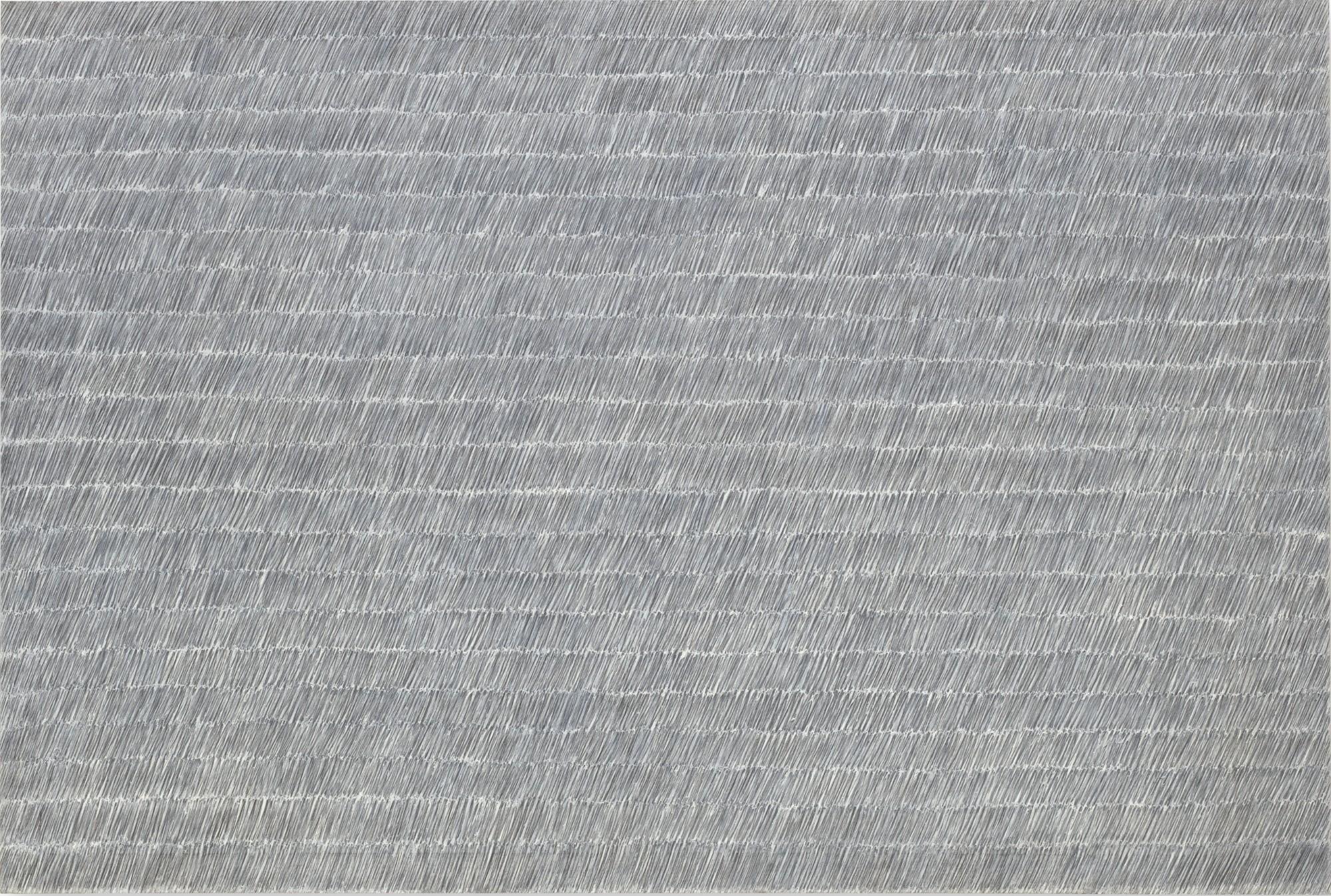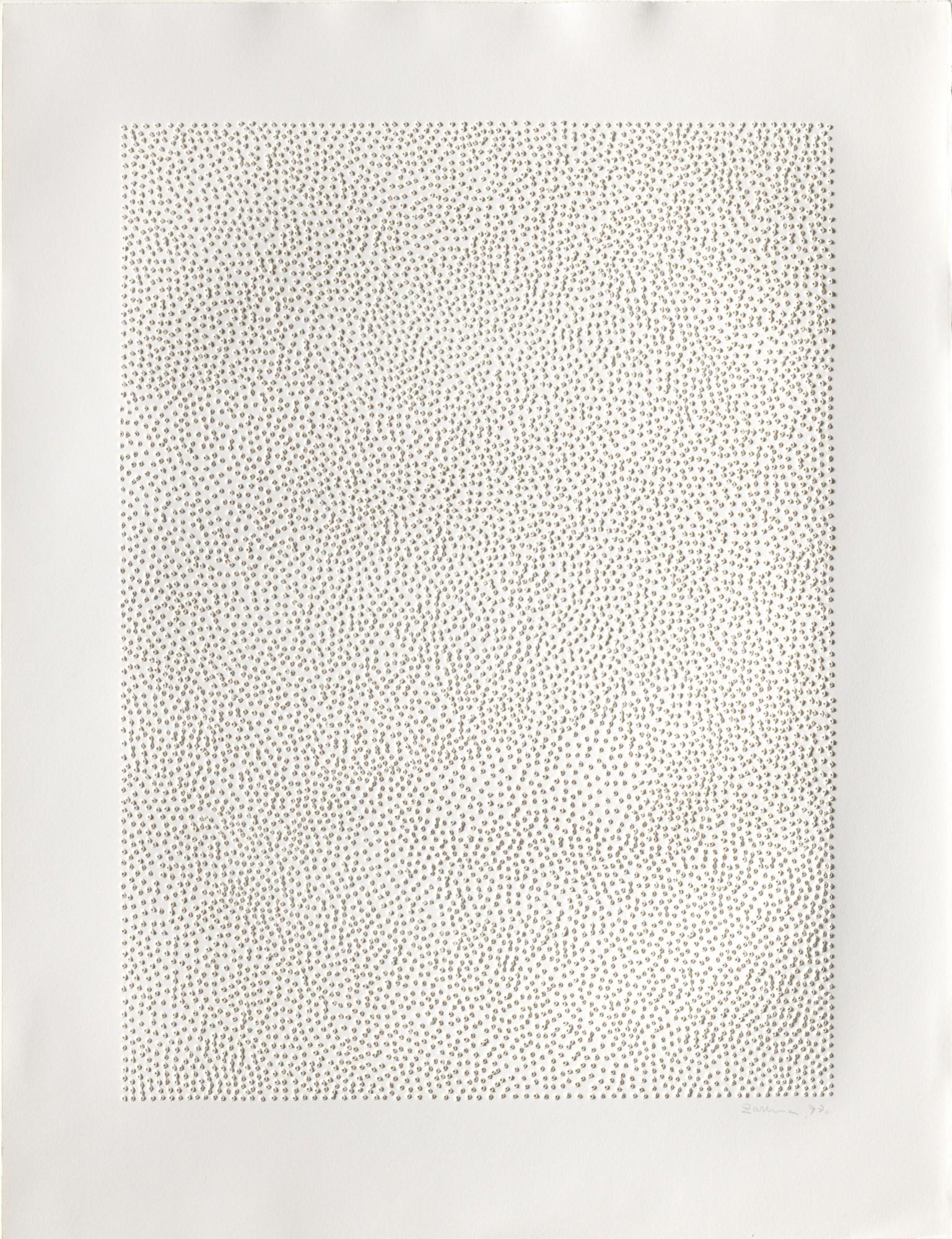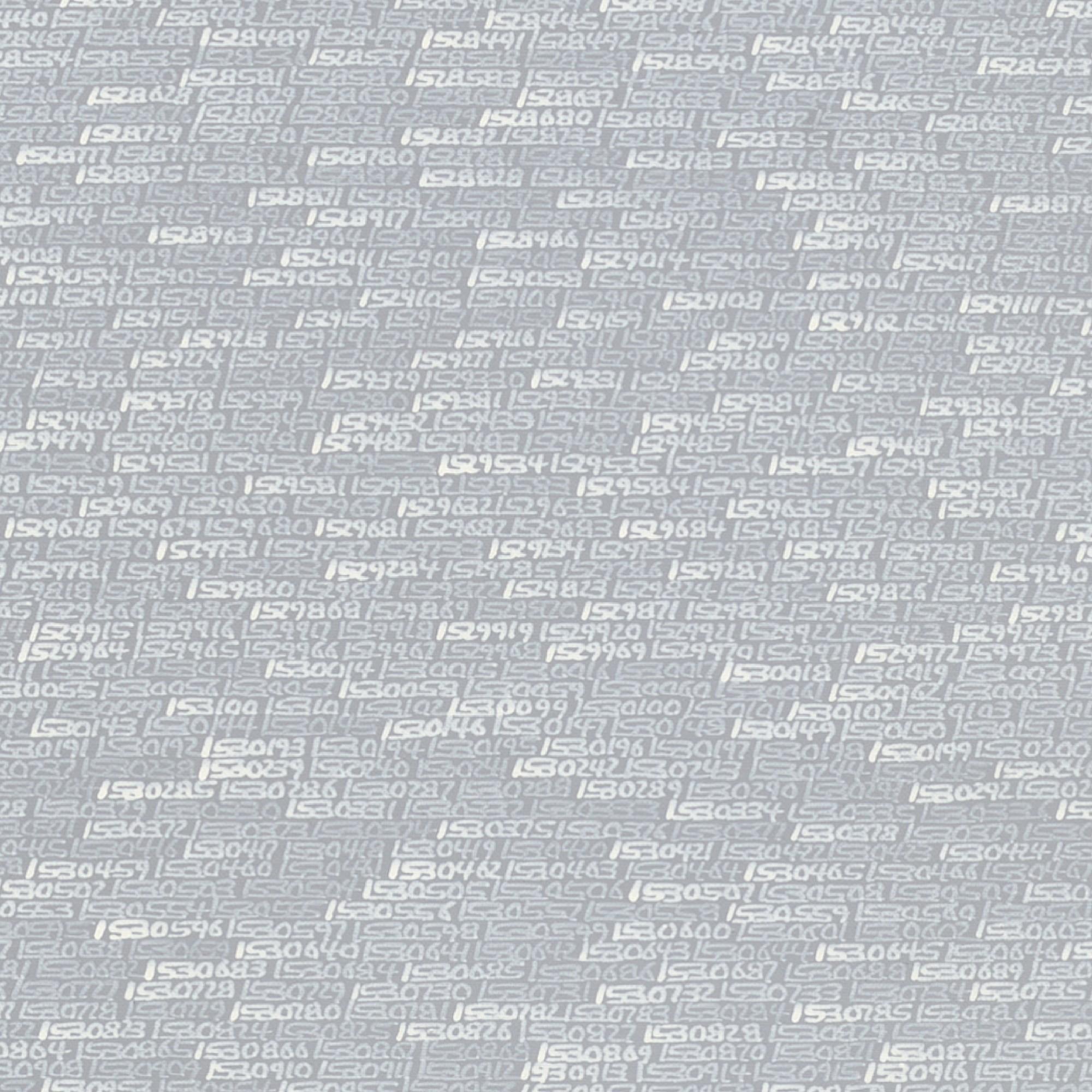During the 1960s and 1970s, many artists working with abstraction rid their styles of compositional, chromatic, and virtuosic flourishes. As some turned toward such minimal approaches, a singular emphasis on their physical engagement with materials emerged. The resulting pieces—whether characterized by interlocking brushstrokes, a pencil moved through wet paint, or a pin repeatedly pushed through paper—invite viewers to imaginatively reenact aspects of the creative process. Doing so fosters an intimate understanding of these works, as it allows for interpretations based on an appreciation of the duration, intensity, and rhythm that each required. This focus on making process visible had become more prominent during the 1950s with the international rise of gestural abstraction, but it had never been accentuated so insistently nor made so accessible until artists began to explore its possibilities in the following decades.
The individuals who made this effect central to their art are associated with a variety of global movements. What unites them is not necessarily a shared belief in what art should accomplish or express, nor participation in a closely linked interpersonal network. Instead, it is their implicit trust in viewers’ capacity to put themselves in the artist’s position as they consider the object in front of them. It is a distinctively empathetic mode of engagement that relies on an awareness of oneself as inhabiting both a body and time, and, perhaps even more importantly, a consciousness of the embodied experiences of others.































